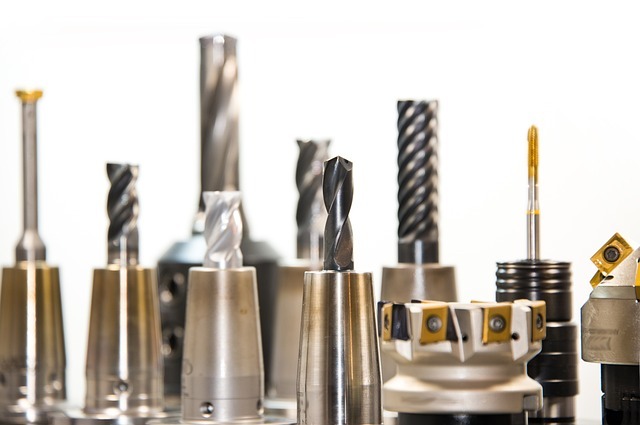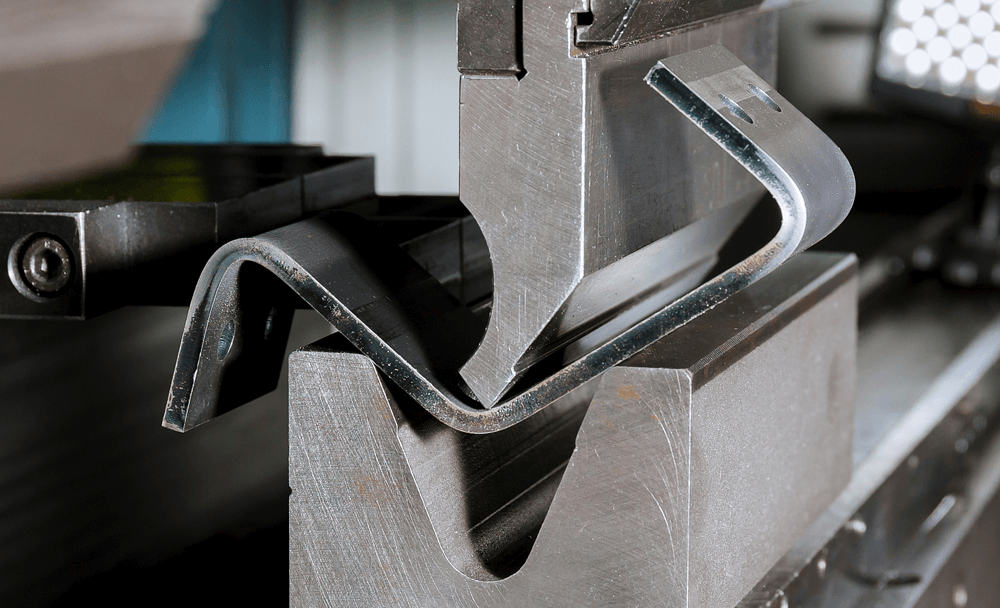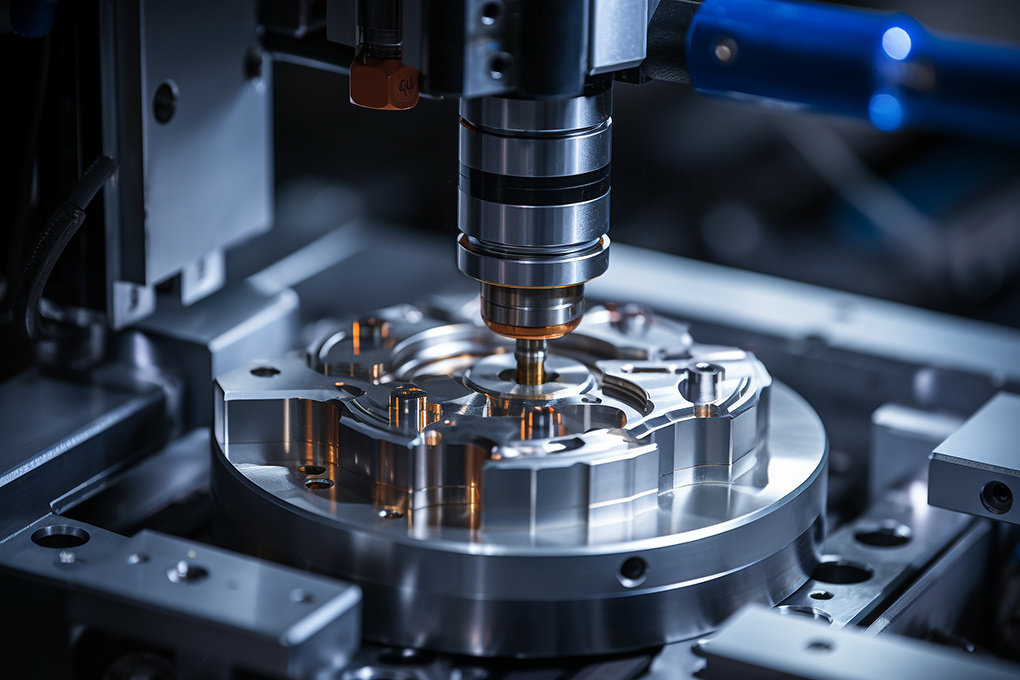Coolant in CNC machining
Release time:
2024-09-27
In the process of CNC machining, coolant plays a vital role. It can not only reduce cutting temperature and extend tool life, but also improve machining quality and production efficiency. Let's take a closer look at the use of coolant in CNC machining.
The role of coolant
1. Cooling effect
In CNC machining, the high-speed friction between the tool and the workpiece will generate a lot of heat. If this heat is not taken away in time, it will cause tool wear to increase, workpiece deformation and even damage the machine tool. The primary function of coolant is to quickly take away the heat in the cutting area through convection and vaporization, reduce the cutting temperature, and ensure the smooth progress of the machining process.
2. Lubrication effect
Coolant can form a lubricating film between the tool and the workpiece, reduce the friction coefficient between the tool and the workpiece, reduce the cutting force, and improve the durability of the tool. At the same time, the lubrication effect can also reduce the adhesion of chips and tools, which is conducive to chip removal and improves the quality of the machining surface.
3. Anti-rust effect
In the process of CNC machining, workpieces and machine tools are easily affected by factors such as moisture and oxygen and rust. Coolants usually contain rust inhibitors, which can form a protective film on the surface of workpieces and machine tools to prevent rust and extend the service life of workpieces and machine tools.
4. Cleaning effect
During the flow process, the coolant can wash away impurities such as chips and dust in the cutting area to keep the processing area clean. This is not only conducive to improving the processing quality, but also reduces the wear and damage of the tool.
Types of coolants
1. Water-soluble coolants
Water-soluble coolants are composed of water and various additives. Depending on the additives, water-soluble coolants can be divided into emulsions, semi-synthetic liquids and fully synthetic liquids.
Emulsions are composed of mineral oils, emulsifiers and other additives. It has good cooling and lubrication properties, but poor stability and easy stratification and deterioration.
Semi-synthetic fluids are based on emulsions with some synthetic additives added to improve stability and service life. Its cooling and lubrication properties are also relatively good, and it is suitable for most CNC processing occasions.
Fully synthetic fluids are composed of various water-soluble additives and do not contain mineral oil. It has good cooling and cleaning properties, good stability, long service life, but relatively poor lubrication properties.
2. Oily coolant
Oily coolant is composed of mineral oil or synthetic oil. It has good lubrication and anti-rust properties, but relatively poor cooling performance. Oily coolant is suitable for low-speed, heavy-load cutting processing occasions.
Selection of coolant
1. Choose according to the processing material
Different processing materials have different requirements for coolant. For example, when processing materials such as cast iron and steel, you can choose emulsion or semi-synthetic liquid; when processing materials such as aluminum alloy and copper alloy, you can choose full synthetic liquid or oily coolant.
2. Choose according to the processing method
Different processing methods have different requirements for coolant. For example, when high-speed cutting, you need to choose a coolant with good cooling performance; when heavy-load cutting, you need to choose a coolant with good lubrication performance.
3. Choose according to the type of machine tool
Different types of machine tools also have different requirements for coolant. For example, CNC machine tools usually need to use coolants with good stability and long service life; ordinary machine tools can choose relatively low-priced coolants.
How to use coolant
1. Filling coolant
Before filling coolant, the cooling system of the machine tool needs to be cleaned to prevent impurities from mixing into the coolant and affecting the cooling effect. Then, fill the coolant into the cooling system according to the requirements of the machine tool manual.
2. Coolant flow and pressure control
The flow and pressure of the coolant need to be adjusted according to factors such as processing materials, processing methods and tools. Generally speaking, the larger the flow and the higher the pressure, the better the cooling effect, but it will also increase the consumption and cost of the coolant. In actual use, it is necessary to adjust according to the specific situation to achieve the best cooling effect and economic benefits.
3. Replacement of coolant
Coolant will gradually deteriorate during use and lose its cooling, lubrication, rust prevention and other functions. Therefore, the coolant needs to be replaced regularly. Generally speaking, the replacement cycle of coolant ranges from 3 months to 1 year, and the specific time needs to be determined according to factors such as the type of coolant, usage and machine tool requirements.
Precautions for coolant
1. Safe use
Coolant usually contains some chemicals, such as rust inhibitors, bactericides, etc. When using coolant, you need to pay attention to safety and avoid contact with skin and eyes. If you accidentally come into contact with coolant, you should immediately rinse with clean water and seek medical attention in time.
2. Environmental protection
Coolant will produce some pollutants such as waste water and waste oil during use. These pollutants need to be treated before they can be discharged to avoid pollution to the environment. When choosing coolant, you should choose environmentally friendly coolant to reduce the impact on the environment.
3. Storage and preservation
Coolant should be stored in a cool, dry and ventilated place, avoiding direct sunlight and high temperature environment. At the same time, the coolant should be sealed to prevent water evaporation and impurities from mixing. When storing and preserving coolant, you also need to pay attention to safety issues such as fire prevention and explosion prevention.
In short, the use of coolant is very important in CNC machining. The correct selection and use of coolant can improve machining quality and production efficiency, and extend the service life of tools and machine tools. At the same time, you also need to pay attention to issues such as the safe use of coolant and environmental protection, and contribute to the sustainable development of CNC machining.
Key Words







